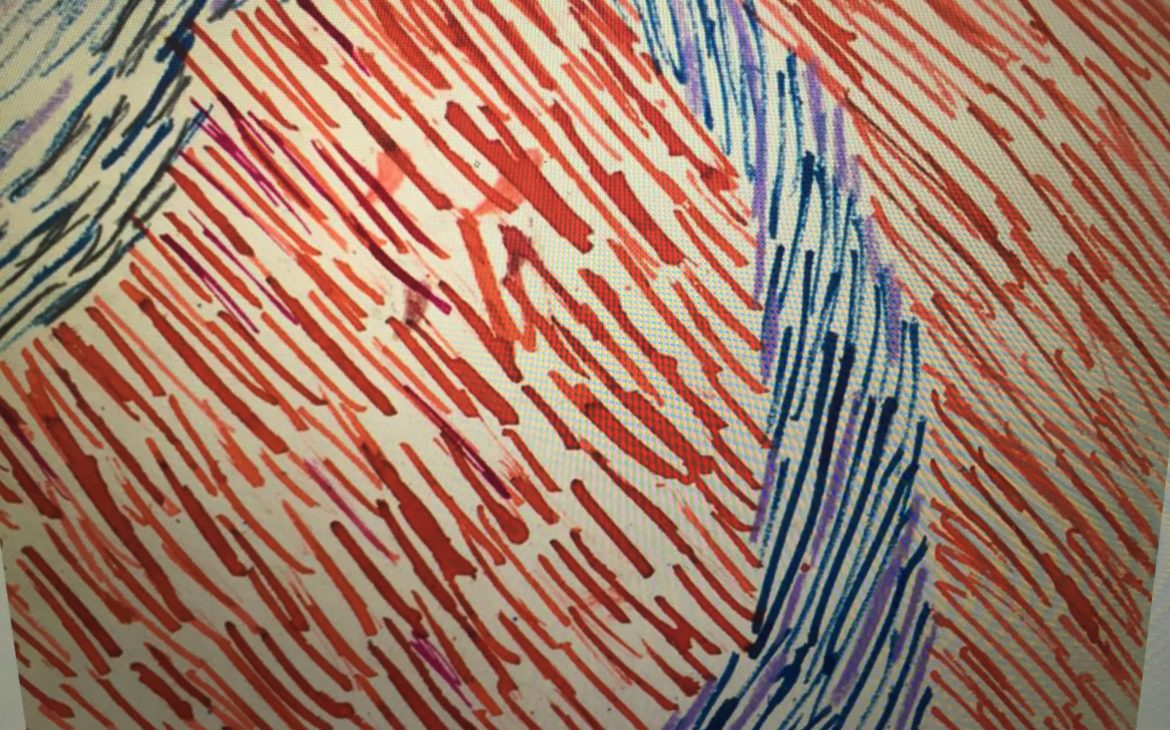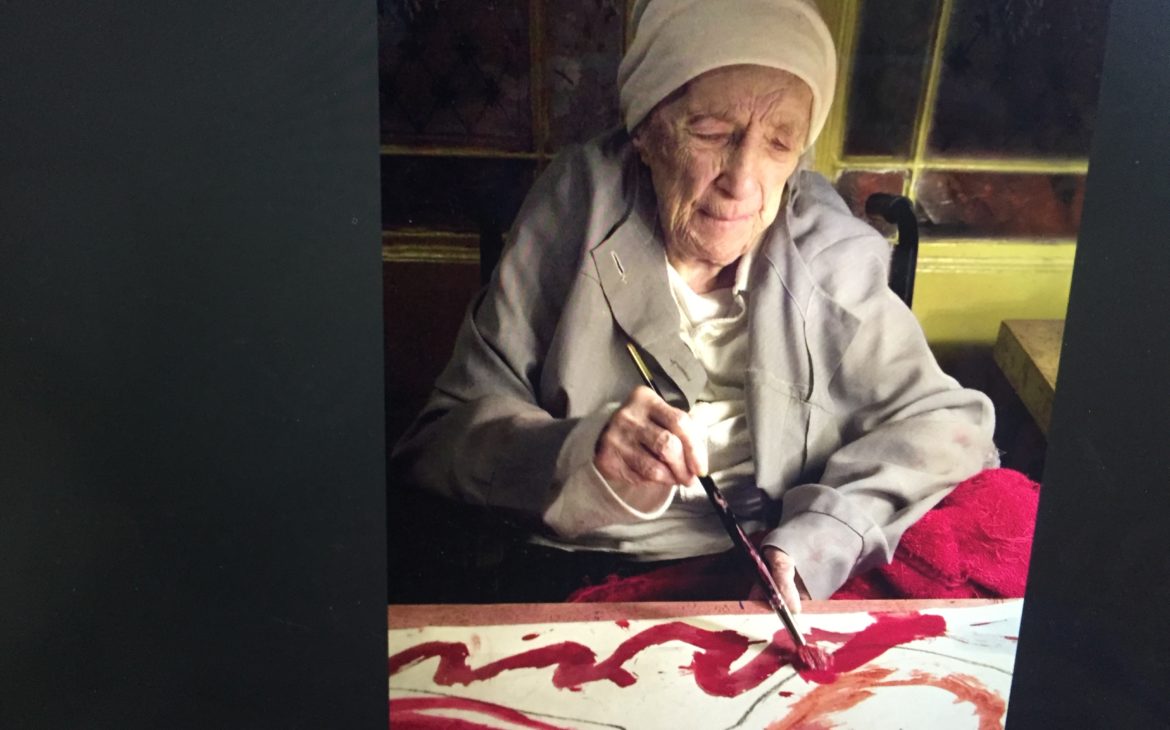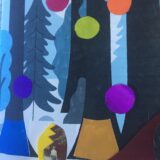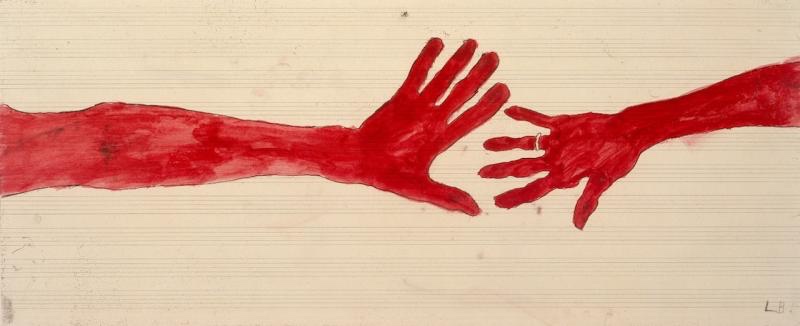Love during this time of Covid has brought along some challenges. I remembered a character in a Gabriel Garcia Marquez novel, One Hundred Years of Solitude who wakes every morning to see the jungle surrounding his house has grown right up to his front door. He spends the day cutting the brush back, goes to bed exhausted, and the next day finds the jungle has grown back again, only to have to start all over. Somedays it is hard to keep working with the jungle of feelings during these times. These beautiful drawings of Louise Bourgeois came to mind.
Although Bourgeois worked in paint and sculpture, drawing was part of her daily routine. These drawings, made in 2006, are titled, 10 am is when you come to me. She made them of her hands and those of Jerry Gorovoy, her assistant , model, and friend for 30 years. The title refers to the daily time of his arrival at her studio or house to begin their working day together: it was their reliable and familiar daily routine.
10 AM is when you come to me is a set of 20 pieces all displayed in individual frames which are placed in a grid formation (2 across and 10 down). A wedding ring on one of the hands identifies Bourgeois against Gorovoy. The featured image is one of these. The hands in the paintings are in different positions in each drawing, at times touching or interlocking and other times separate.
The information board near the piece had this quote from Bourgeois, “when you are at the bottom of a well you look around you and say, who is going to get me out?, in this case Jerry comes and presents a rope”.
The only colour used in the piece is red. For Bourgeois, red represented heightened emotion and it is a colour that appears frequently in her work. The tone of red in the piece fluctuates, it isn’t a constant shade in each drawing, rather the hands change from light to dark. In some Bourgeois’ hands are a really strong red and Gorovoy’s much lighter. This changes throughout, as sometimes his are darker than hers. So it was not just the one needing the other, but instead a rhythm of needing each other differently at various times.
Throughout her work, she was interested in the rhythms and fluctuations of conscious and unconscious life, especially the effect an individual can have on another along with the complex emotions of life and love, suffering and death.
But the drawings have the rhythm of dailiness. They are done on sheets of music, again suggesting rhythms. In the midst of this complexity is a simplicity of movement that brings order out of chaos and beauty through the challenge of love and living.


Louise Bourgeois was asked if it was unusual for her to make happy work, she replied, “I transform nasty work into good work. I transform hate into love”.
Be well,
Marlene
*Photos from Hauser and Wirth
Additional links



